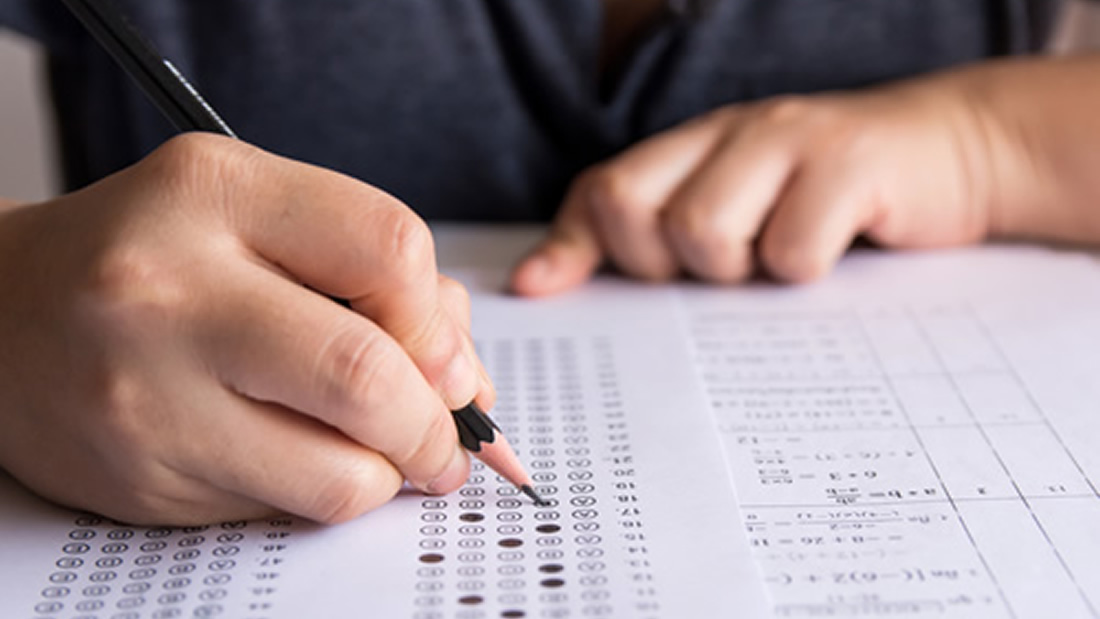5 assessment trends to track this year
With a look toward innovation and more equity, assessment trends will move away from stale processes in the 2019-2020 school year
The new school year has already started in some states, and students will return to classrooms over the next few weeks in other states. As the new year kicks off, there are a few assessment trends educators will want to track.
Some assessment trends might include new perspectives on what it means to gauge student learning, rethinking the value of traditional tests and turning instead to innovative methods. Others will focus on equity and student disengagement.
Related content: What you should know before moving ahead with online assessments
NWEA‘s CEO and other experts are offering some predictions around assessment trends and what may gain momentum this school year.
1. A paradigm shift in assessment, moving beyond measuring learning to fostering it.
“Education is seeing a shift in thinking around school accountability and the assessments that are part of that equation. Education leaders and policymakers alike will begin to look for more effective approaches that eliminate the barrier between assessments that measure school performance and those that drive student learning.
More leaders will rethink the value of the traditional summative test and explore innovative methods that reduce testing time and foster opportunity and growth. These approaches–ranging from through-year models to performance-based assessment and beyond–will meet students where they are, while also providing educators with the information they need to engage students in grade-level content and hold them to high standards. This trend toward innovation and high-quality assessment is critical to creating equity in opportunity and outcomes for all students–so every young person leaves school ready to succeed.” –Chris Minnich, CEO, NWEA
2. Differences in how academic growth is weighted and how it is measured.
“In 2019/2020 we will begin to see a much-needed shift in the school accountability paradigm–away from a heavy reliance on achievement measures to evaluate school performance in federal and state education policy, and towards a school rating policy that appropriately weighs both growth and achievement. This is critical to the creation of accountability systems that reduce bias against educators and schools that serve students in diverse, high-poverty communities. This trend aligns with recent research analyzing the relationship between poverty and school performance. The research found that many schools with low achievement were at the same time producing average or better growth. Achievement is important and should not be put aside. However, the job of a school is to educate all students who enroll regardless of their achievement level. This research confirms that many schools are serving their students well, and that well-designed growth metrics provide a more accurate reflection of school performance and need to be considered more heavily when evaluating school effectiveness.” –Andy Hegedus, Ed.D., NWEA Research Consulting Director
3. Growing focus on the role of equity in the assessment of English learners.
“There are approximately 5 million English Language Learners in U.S. public schools–close to 10 percent of the entire student population–and the number continues to rise. Of those, 77 percent are native Spanish speakers. With a growing population of Spanish-speaking students, it’s never been more important for educators to know what their students’ learning needs are and if students are growing in the languages of instruction. In 2019-2020 views on language will continue to shift and we will see a rise in dual-immersion and biliteracy programs; along with this we will see an increase in the availability of assessments in languages other than English, which will provide educators with the equitable tools they need to understand, support, and engage more of their students. This more reliable assessment data will help educators get a deeper and more accurate picture of how much ELL students know and are ready to learn next, as well as help support equity in assessment.” –Teresa Krastel, Ph.D., Spanish Solution Lead
4. Deeper understanding of student test disengagement and its impact on achievement.
“Traditionally, student test disengagement has been a major challenge to measure and assess its associated impact on the validity of student scores. Recently, the growth of computer-based testing has enabled us to assess test engagement item-by-item by identifying rapid guessing behavior. This indicator of disengagement has enabled a deeper understanding of student test engagement and its potential impact on the achievement scores we report. In the coming year, more focus will be placed on test-taking behavior in an effort to find ways to increase student engagement and motivation during assessments. Along with this, we will see new innovations in test platforms and test score evaluations that account for student engagement and help educators better understand the needs of each student.” –Steven Wise, Ph.D., Senior Research Fellow, NWEA
5. Innovative technologies that will individualize student assessment.
“The future of assessments is being reimagined. In the coming year, we will see more research into how new technologies, such as augmented reality, speech recognition, automatic scoring, and artificial intelligence, can create opportunities for more precise measurement, deeper insights, and more personalized learning. Additionally, we will start to experience migration towards individualization of assessment, where students are assessed on particular skill sets, rather than at the average level of the class.” –Mike Nesterak, Sr. Director of the Product Innovation Center, NWEA
